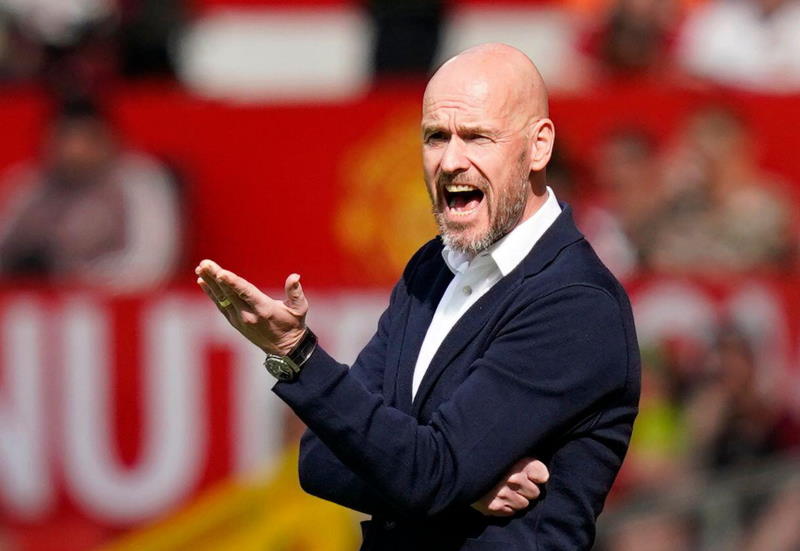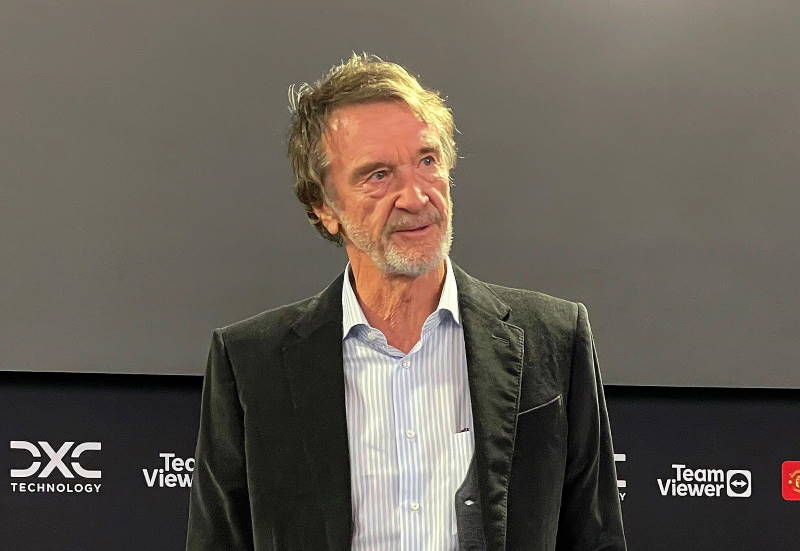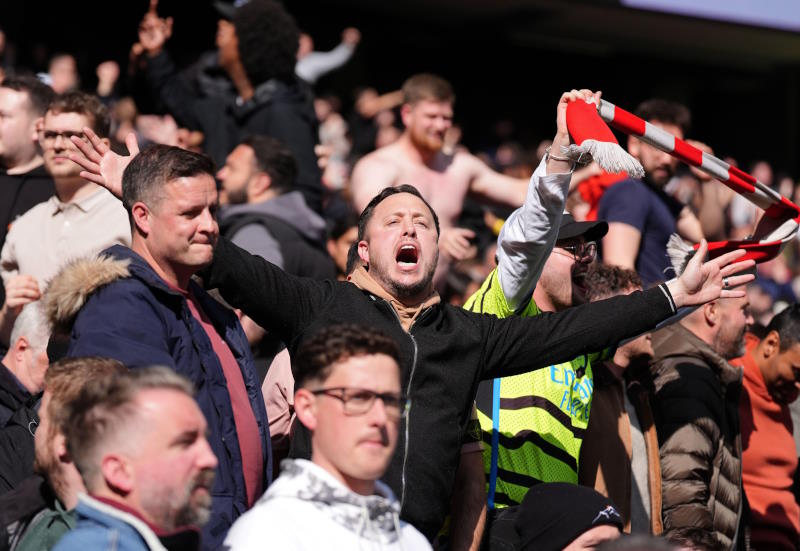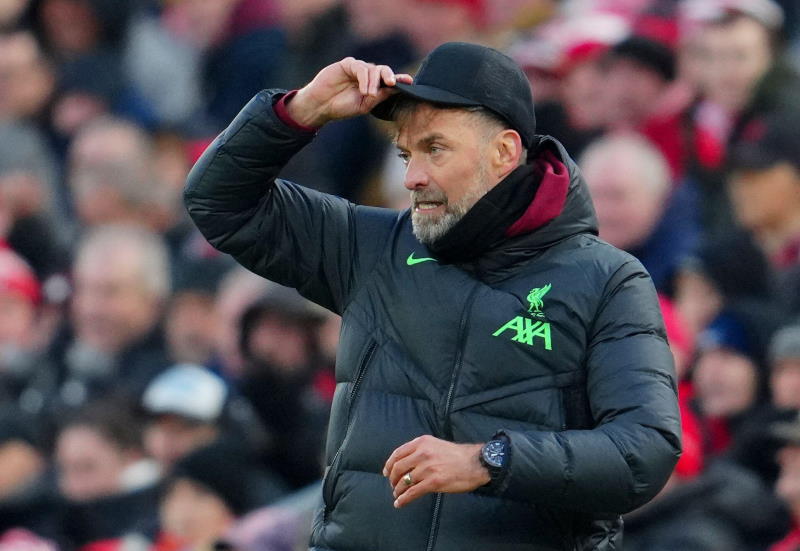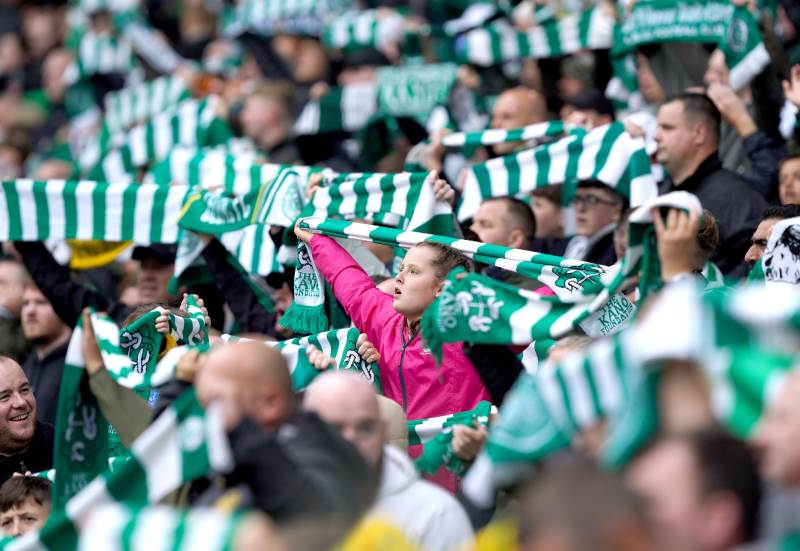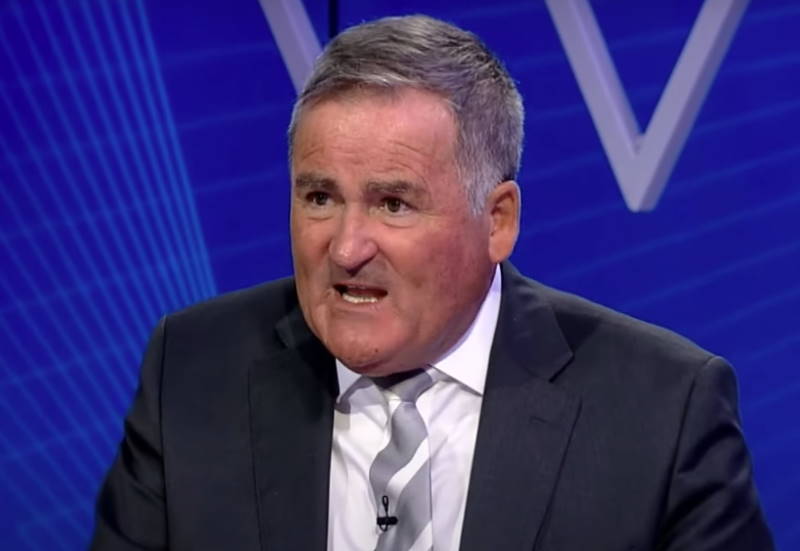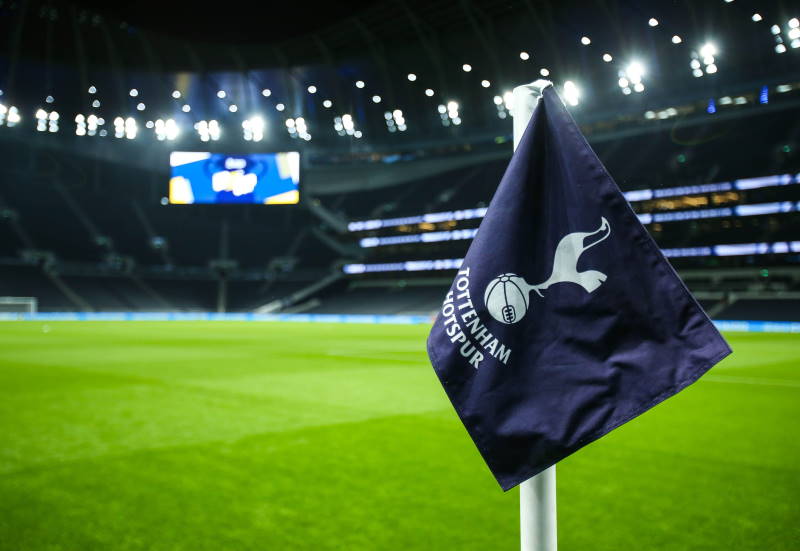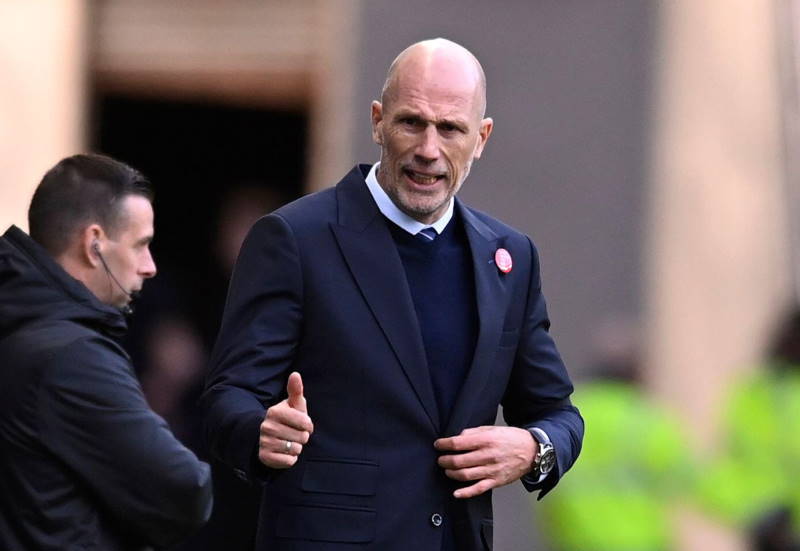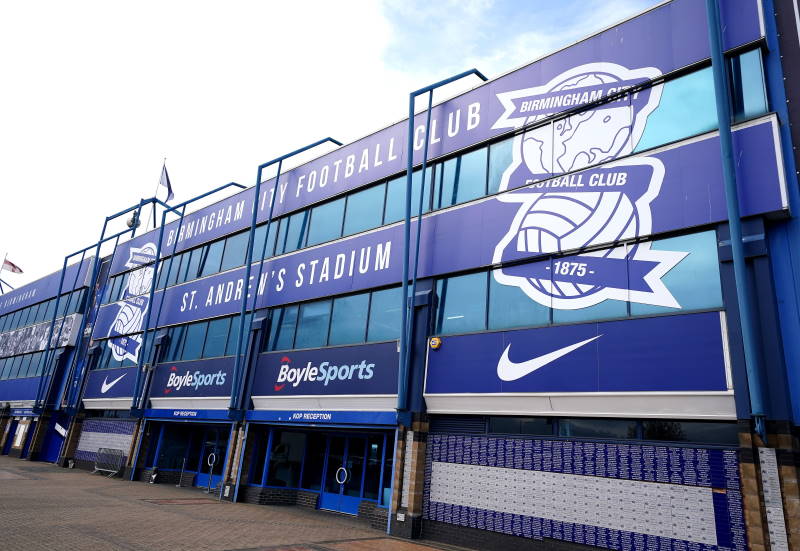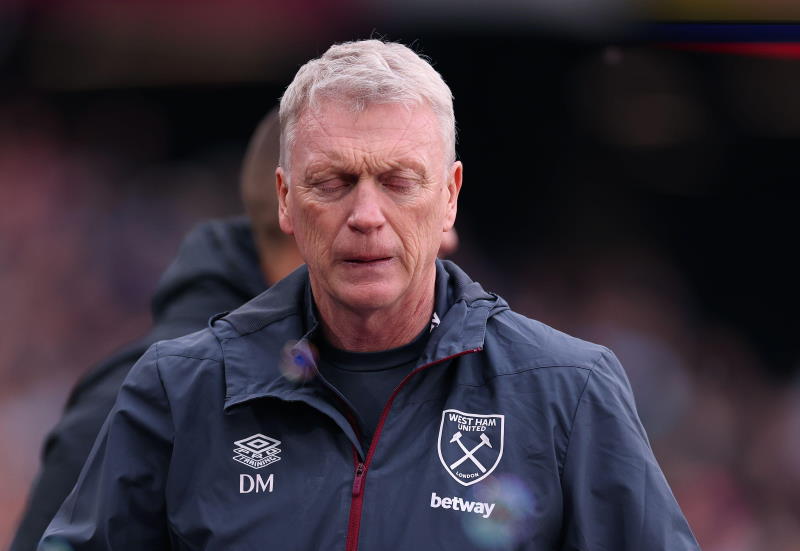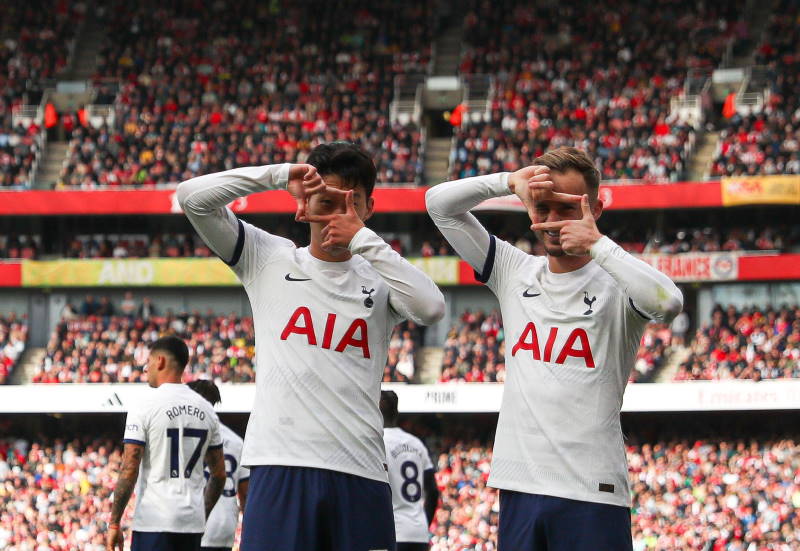
It’s December, and as in almost every corner of the world, Porto Alegre sees Santa Clauses dotted about, some in front of shops or inside a shopping centre, handing out sweets to children and passers-by. But there’s something a little different about these Santas, something which marks them out from the thousands of other Santas across the world. And that is that some are wearing blue, and not red. This is a sign of how serious the rivalry between Grêmio and Internacional has grown in the last 101 years.
The derby between the two, known as Gre-Nal, has time after time been voted the greatest Brazilian derby. It started on 18th July, 1909, when Grêmio – founded six years earlier than Inter – won the first meeting between the two 10-0. In the shadow of their giant victory, Grêmio went on to lead the derby in wins until 30th September, 1945, when Internacional finally secured the win which allowed them to take the lead. At the time of writing, Inter have 143 victories to Grêmio’s 120. Both teams will soon meet again, to decide their State Championship – Grêmio have already won the first leg, and will take a two goal advantage into the decisive match.
But why is this derby considered by many to be the best in Brazil? Usually each one of the country’s main states can count on having four big clubs, however in Rio Grande do Sul there are just two. Through this almost the entire state is divided in half, split down the middle when it’s Gre-Nal time. There’s also an interesting racial factor to take into consideration, as Grêmio only allowed black players to turn out for them from 1952, and even with a large drop in racial incidents, some Grêmio supporters still refer to occasions where Inter fans use racist words, and all this serves to do is make the rivalry even greater.
Many of the most famous episodes of Gre-Nal stand out for having included fights, either between the two sets of supporters, and even the players in general. In one of these, known as the first big confrontation, a Grêmio fan stabbed Inter’s left winger in the 11th Gre-Nal. Fortunately, violent incidents occur a lot less than the two play out fantastic matches, the most famous of which was "Grenal do Seculo" (The Gre-Nal of the century).
This Gre-Nal took place in 1988 in the Brasileirão semi-finals. Much was at stake, not only would the winning team advance to the final, they would also qualify for the following year’s Copa Libertadores. Grêmio scored the first goal, doing justice to their domination of the game, and started to control the match even more. And during the first half, Internacional’s full back Casemiro was sent off by the referee – the game seemed as good as over in favour of Grêmio. However, at half time Internacional’s players headed to the dressing room with the belief that all was not yet lost, and emerged with fire in their bellies.
When both teams took to the pitch and the game once again got under way, a free kick from the left saw Internacional draw level through a Nilson header. Nine minutes later, Mauricio crossed the ball and Nilson shot, scoring the second – and winning – goal. Perhaps the real reason the match is still so fondly remembered though is the sheer amount of people who watched it, more than 80,000, the highest ever for a Gre-Nal played in the Brasileirão. The fact that Grêmio had been in total control of the game, and ended up losing, with Nilson, who scored two goals, despite being injured, has allowed the meeting to pass into Gre-Nal folklore. The match is not though the only Gre-Nal known as Grenal do Seculo: Grêmio supporters instead call the episode Grenal Farroupilha by that name instead, claiming that a meeting between the two on 22nd September, 1935, is the real Grenal do Seculo, a game they won 2-0. However, the consequences and importance of that meeting cannot be compared to that which took place in 1988.
In recent years, two derbies between the two have gone down in the history books. The first featured Ronaldinho, who when playing for Grêmio humiliated an almost-retired Dunga twice, dribbling past the current Brazil coach with ease, using his well known flair and talent Europe would grow to love. Grêmio fans today joke that this game is why Dunga refuses to call Ronaldinho up to the national team. The second episode is known as the "Grenal Centenário" (Centennial Gre-Nal), which took place on 19th July, 2009, when Nilmar scored the opening goal for Internacional, but Souza and then Argentine striker Maxi Lopez scored for Grêmio to give them the game 2-1.
This coming Sunday (02/05/10), both teams will meet at the Olímpico Monumental to fight it out for this year’s Rio Grande do Sul State title and even with the first match having given Grêmio a two goal advantage, no-one can tell what is in store. All that can be predicted is that another page in the history of Gre-Nal will be written, yet again proving that this is one of the greatest Brazilian derbies in a country full of passionate encounters.

